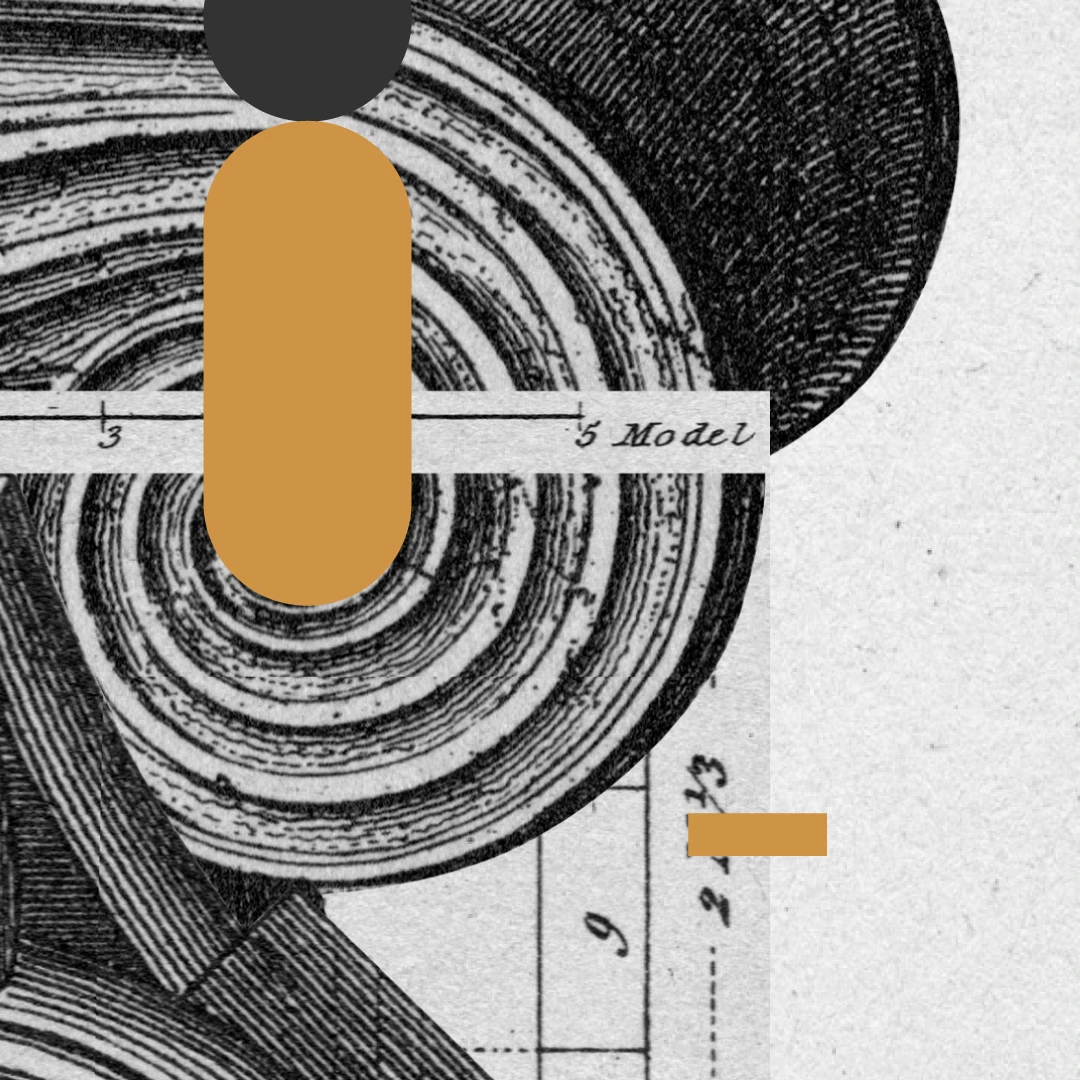Christology in Context

Nestled along the eastern shores of Lake Iznik in Turkey lies the ancient city of Nicea. As Camp David provides the president of the United States with a place of retreat from the bustle of Washington, D.C., and the White House, so Nicea served the needs of ancient emperors. Constantine used it as his summer palace. In AD 325, he convened a large gathering of more than three hundred bishops and church leaders. They were called to discuss, debate, and eventually declare the outcome of a controversy raging through the early church, a controversy that gets at the heart of Christianity, at the heart of the church's mission and identity, and at the very heart of the gospel.
The controversy concerned the person of Jesus Christ. The question Jesus Himself asked in His own day—“Who do you say that I am?” (Matt. 16:15)—reverberated throughout the early church. From the days of the New Testament through the end of the 200s, the question of the humanity of Jesus dominated. In the 300s, the questions centered around the deity of Christ. Is Christ fully God, of complete unmitigated divinity? Or is He something less?
In the 400s, and even beyond, new questions would arise. These concerned the union of the two natures, divine and human, in the one person of Christ. Yet another council would be convened, this time at Chalcedon in 451, to tackle this all-important question.
Plato’s Shadow
Let’s return to the first stage of the controversy over Christ, the debate over Jesus’ humanity in the 100s–200s. Though he had been dead for centuries, Plato’s shadow loomed large over the philosophical thought of the early centuries of the church. Plato’s thought dominated much of the ancient worldview, and it infiltrated the early church. One of Plato’s key doctrines is that matter, material substance, is bad. Someone overly influenced by Plato would soon reach the conclusion that God could never take on flesh.
Those who held such a view in the early church were called the Docetists. Dokeō is the Greek word meaning “to appear.” The heresy of Docetism held that Jesus only appeared to be human—He wasn’t truly human at all.
A formidable line of church fathers rallied to denounce this heresy and rid the church of any such Docetic ideas and teachings. Tertullian, who flourished around 200, was one of them.
Think of all the Scripture texts you would have to conveniently ignore to deny the genuine humanity of Jesus. No true child born to Mary. No tired and hungry human being. No “suffering servant.” No agonizing death on Calvary.
Perhaps no one understood better the necessity of Jesus’ humanity than the author of Hebrews, who declares, “He had to be made like his brothers in every respect so that he could become a merciful and faithful high priest in the service of God” (Heb. 2:17). How utterly hopeless we would be if Jesus were not fully human.
Tertullian, Ignatius, Irenaeus, Hippolytus, and other early church fathers all helped the church remain biblically faithful, and they contributed to the development of an orthodox Christianity in these crucial early centuries.
Showdown at Nicea
Another challenge came along in the early decades of the 300s. It all started with the teaching of a presbyter (elder) from the city of Alexandria named Arius. And now we need to get a little technical. The issue revolves around three words regarding the relationship of God the Father to God the Son. Orthodox biblical teaching affirms the view of homoousios. This is not a word you see every day. Ousios is the Greek word meaning "essence." The Latin equivalent is substantia, which comes directly into English as "substance." The first part of the Greek compound word homoousios is homo, which means “the same” or “identical.” Thus, this word means that Jesus is of the same substance as the Father, that Jesus is equal to the Father. This word was used to express the full deity of Christ. Jesus Christ is fully God.
The second word is homoiousios. Homoi means “similar.” This view holds that Jesus is superior to human beings but not equal to the Father. He is of a similar substance—not the same substance— as the Father. The third word is heteroousios. This is even worse. It holds Jesus to be of an entirely different substance altogether.
At the center of church life is worship. And at the center of our worship is Christ.
While Arius seemed to hold to heteroousios, he tended to be a bit more subtle and deceptive, speaking as if he held to homoiousios. And this was at the heart of the debate at Nicea: one letter—the i. Is the essence or substance of Jesus homo, the exact same as the Father’s? Or is it homoi, only similar to the Father’s?
The bishops at Nicea concluded that homoousios alone measured up to the standard of biblical teaching. The Nicene Creed declares that Jesus is “very God of very God, begotten not made, being of one substance with the Father.”
This creed is not uncovering new ground. Rather, it summarizes the massive swath of biblical material regarding the person of Christ. The author of Hebrews begins by declaring, “He is the radiance of the glory of God and the exact imprint of his nature” (Heb. 1:3). Paul says rather directly that in Jesus “dwells the whole fullness of deity bodily” (Col. 2:9).
The Nicene Creed is a prime example of systematic theology at its best. Systematic theology seeks to organize and summarize, not add or detract from, the biblical teaching. Systematic theologians then teach this doctrine to the church. These bishops in the early churches were systematic theologians. The creed the bishops constructed at Nicea was their gift to the church.
At the center of church life is worship. And at the center of our worship is Christ. Every Christian should be asking, Whom do I worship? Who is this Christ at the center of my worship? The Nicene Creed gives us a biblically rich and true answer.
After the Nicene Creed, however, there arose a contingent of so-called Arian bishops. These bishops gained the favor of Constantine’s sons, who later became emperors. It appears to be a classic case of quid pro quo. The bishops promoted the emperors, and the emperors protected the bishops and used the power of the crown to squelch opposition. One such opposing voice came from one of the true heroes of the early church, Athanasius of Alexandria.
Athanasius Contra Mundum
You may have heard the slogan Athanasius contra mundum. It means simply “Athanasius against the world.” And he was. Athanasius spent more time in exile from his post as bishop of Alexandria than he did in his post. In addition to being bold, he also excelled at making the best of a difficult situation. He used those times in exile to write against the Arian bishops. Athanasius labored his entire life fighting against one letter, fighting for homoousios over homoiousios. But it is that one little letter, that little i in the middle, that makes all the difference in the world.
Through Athanasius’ labors and also a changing of the political scene, a council was convened at Constantinople in 381. There, the bishops affirmed the Nicene Creed, and the Arian bishops were routed out of the church.
After Nicea
New controversies would arise in the 400s. Heretical views came about regarding how the divine nature and human nature of Christ are united in one person. The church would take up this question at Chalcedon in 451, resulting in the Chalcedonian Creed. This creed gives the church the wonderful teaching of the hypostatic union of Christ, that Christ is two natures in one person, that He is at once both fully God and fully human.
Despite these cogent and persuasive creeds, these heretical views of Christ have persisted through the centuries. John Quincy Adams was more orthodox theologically than his father, John Adams. As a deist, the elder John Adams revered Jesus, but stopped short of acknowledging Him as God. John Quincy Adams once told his father in a letter that the relation of his father’s view of Christ to that of the true view of Christ is like a penny candle to the sun. Not even close.
In 1923, J. Gresham Machen faced false teachings of Christ. At one point, Machen rather decisively quipped that any view of Christ that is less than infinite is infinitely less than the real thing.
Machen, John Quincy Adams, Athanasius, and a galaxy of others have helped us see first and foremost what we should believe about Christ—and why it makes all the difference.
We would be naive to think the current generation and the next will automatically hold to an orthodox Christology. The Nicene and Chalcedonian creeds have sustained the church through the centuries, summarizing the biblical teaching. The sermons and books of the early church fathers guided early Christians in their theology and worship. We, too, have an obligation to answer the crucial question that Christ asked His disciples: “Who do you say that I am?” We, too, have an obligation to help others answer with biblical fidelity and gospel accuracy. Anything less is infinitely less.


